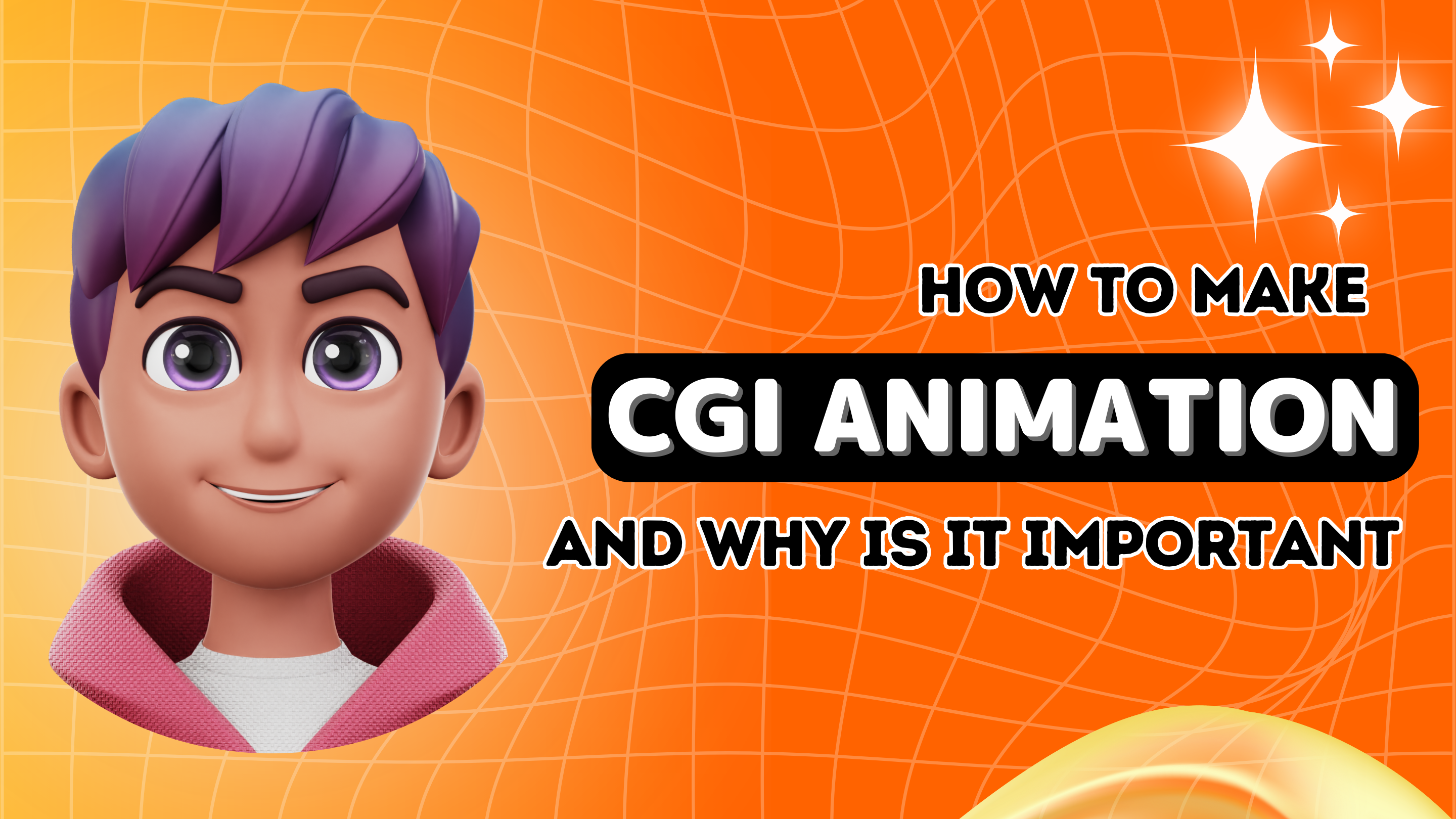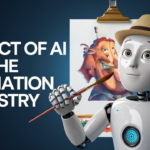Understanding the concept of CGI animation
CGI animation has become an essential part of modern media, it captivates audiences with its stunning visuals and lifelike characters. In this guide, we will take you on a journey through the intricacies of CGI animation, from the fundamental techniques to the powerful impact it has on various industries. CGI animation is not simply the process of creating eye-catching images; it is an art form that brings stories to life, making them more vivid, engaging, and immersive. We’ll reveal the secrets to creating film, video, and CGI characters, highlighting the powerful CGI tools that support this creative process.
Whether you’re a budding animator, a curious enthusiast, or someone interested in understanding the magic behind your favorite movies and games, this page is your gateway to unraveling the power of CGI animation.
History of CGI Animation?
The history of CGI in animation is an exciting journey marked by revolutionary advances.
In the 1970s, the first experiments with computer-generated imagery appeared, paving the way for important developments in the 1980s with films like “Tron” and “Star Trek II”
However, it was the short film “Luxo Jr” by Pixar in 1986, which showed the potential of CGI animation, leading to the creation of the first computer-animated film, “Toy Story”, in 1995.
As technology advanced, CGI effects became an integral part of successful films such as “Jurassic Park” (1993) and “Titanic” (1997), revolutionizing visual effects. Today, CGI animation continues to evolve, shaping the contemporary cinematic landscape and captivating audiences with impressive digital creations.
What is CGI Animation?
Computer-generated imagery (CGI) animation is a technique in the visual arts that allows the creation of realistic and fantastical images through the use of software and computer technology. Unlike traditional forms of animation, CGI animation relies on powerful computers to create images, allowing artists to create complex scenes, characters, and special effects with precision and accuracy which are outstanding authenticity.
The versatility of CGI animation is showcased in various media, including movies, television shows, video games, and advertisements. It allows storytellers and filmmakers to visualize and bring to life concepts that were once limited by the constraints of traditional animation techniques.
CGI animation has revolutionized the entertainment industry, offering limitless possibilities for creativity and imagination, captivating audiences worldwide with its visually stunning and emotionally engaging experiences.
How does CGI Animation Works?
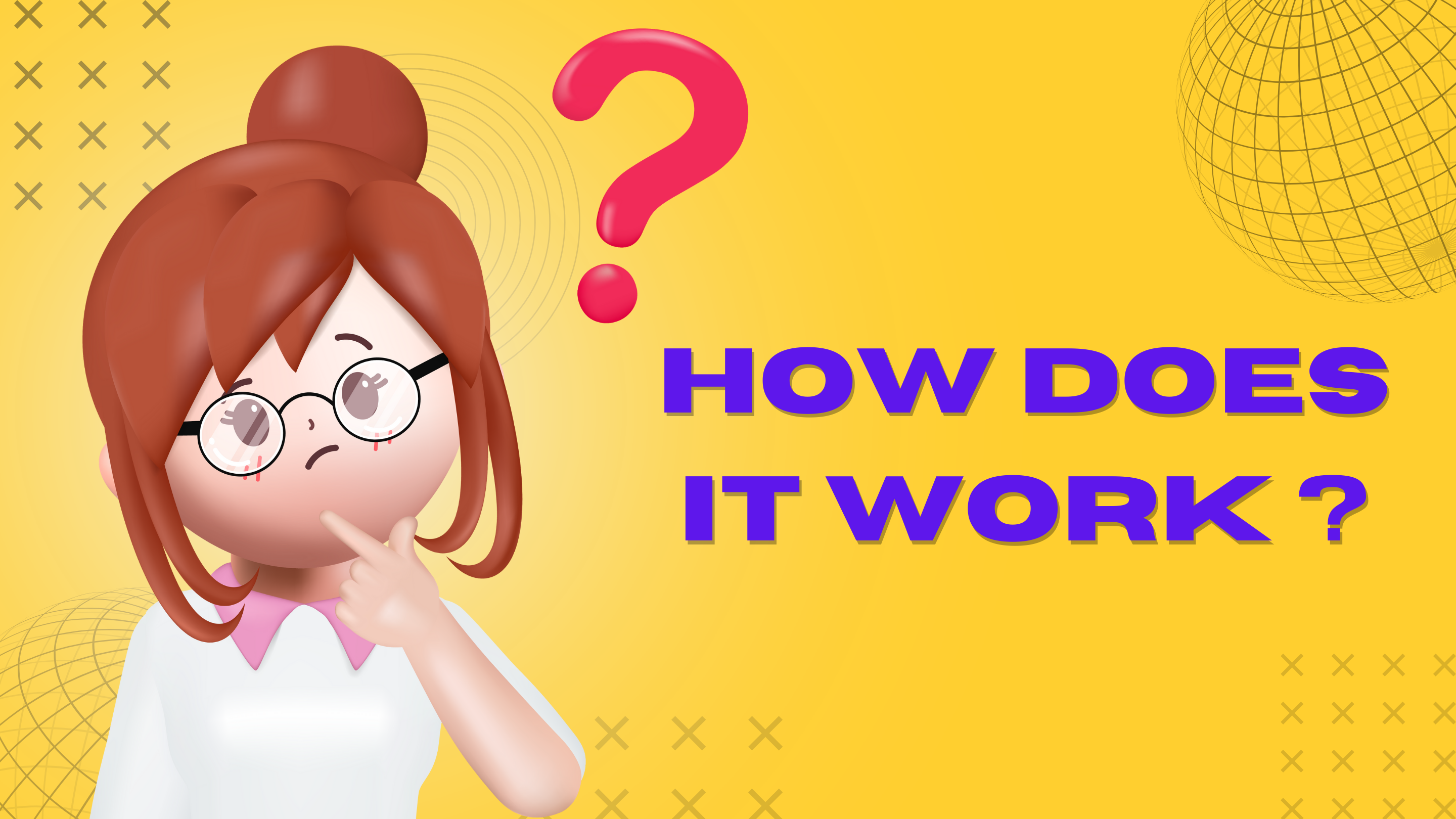
To create CGI animation it works by leveraging powerful computers and specialized software to create visually impressive graphics.
- The process begins with conception and storyboarding, in which artists describe scenes and movements.
- Next, the 3D modeler creates digital representations of the characters, objects, and environments.
- These models are then textured, giving them realistic surfaces and details.
- Next, it involves creating a digital skeleton for the characters, allowing animators to control their movements.
- Animators bring these digital puppets to life by placing them frame by frame, a meticulous process called keyframing.
- Lighting artists set the mood of the scene, focusing on mood and depth, while specialized rendering software calculates the final image taking into account light, texture, and shadow.
- The resulting images are composited into sequences, creating smooth motion.
- Post-production may involve additional effects and adjustments
What are the various types of CGI animation?
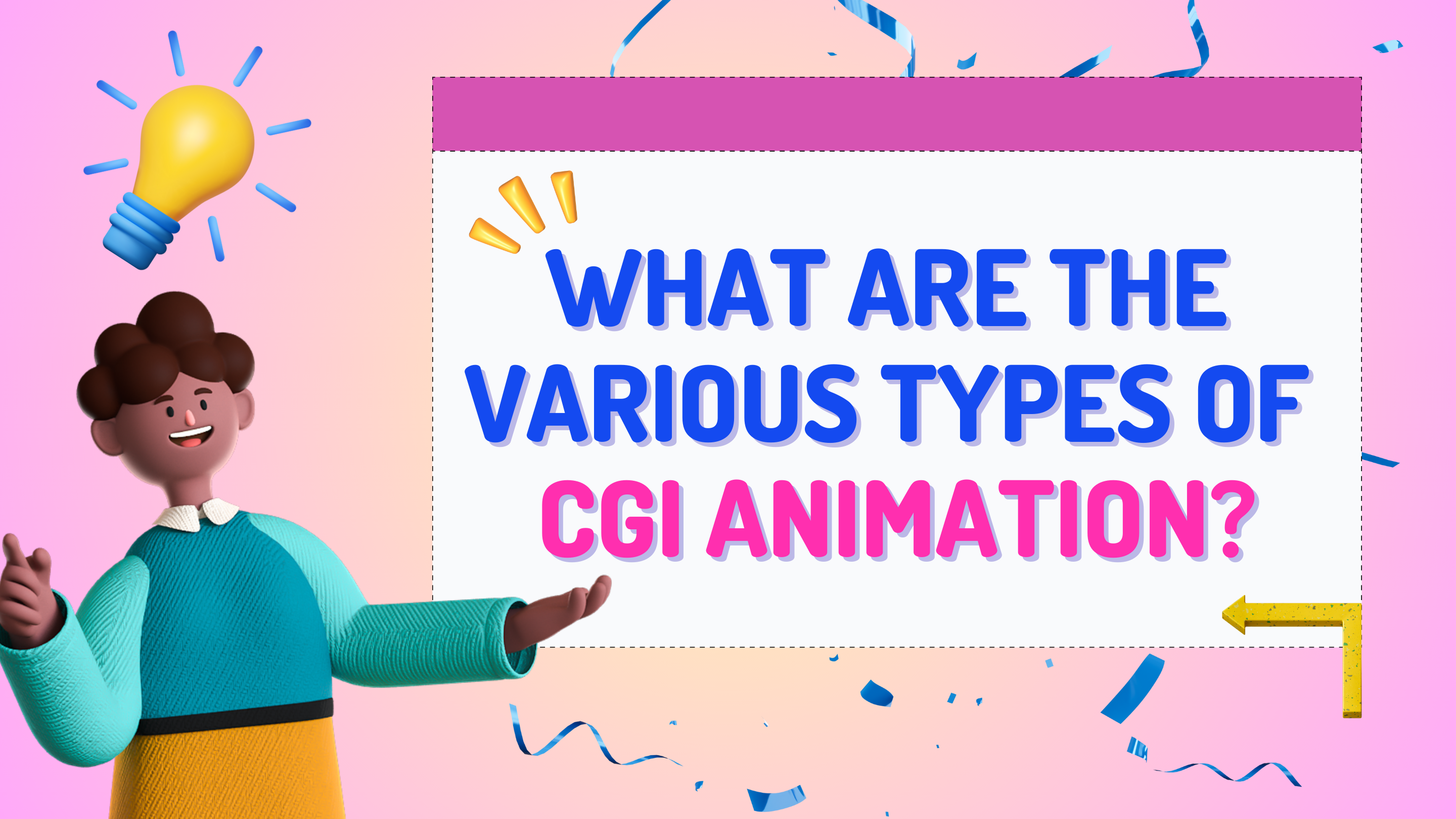
Below are the various types of CGI animation:
- 2D CGI Animation: 2D CGI Animation combines traditional animation principles with digital tools, creating a visually appealing, flat, and stylized look. It often finds its place in television series, web animation, and interactive media.
- 3D CGI Animation: 3D CGI Animation is the hallmark of modern cinema, creating realistic characters and immersive environments. Using specialized software, artists create detailed 3D models that move realistically in three dimensions. This type of animation dominates the big screen, powering blockbuster movies, video games, and virtual reality experiences. The ability to manipulate lighting, textures, and camera angles enhances the visual appeal, making 3D CGI animation a staple in the entertainment industry.
- Stop-Motion CGI Animation: Combining stop-motion techniques with CGI elements, this hybrid style merges the tangible world of physical models with digital enhancements. Stop-motion CGI animation breathes life into puppets and objects, blending the charm of stop-motion with the versatility of computer-generated effects
- Motion Capture CGI Animation: Motion capture CGI technology captures actors’ movements and converts them into digital characters, allowing real-life performances to be seamlessly combined with elements of CGI. This technique is widely used in films, video games, and simulations, creating realistically moving characters that capture the subtle nuances and emotions of human actors
Each type of CGI animation offers a distinct visual language that caters to different artistic visions and audience preferences. Whether it’s the nostalgic charm of 2D animation, the immersive realism of 3D animation, the tactile wonder of stop-motion CGI, or the realistic performance of motion capture, CGI animation continues to push the limits of creativity, dramatically enriching our visual experience.
How to create your own 3D CGI Animation?
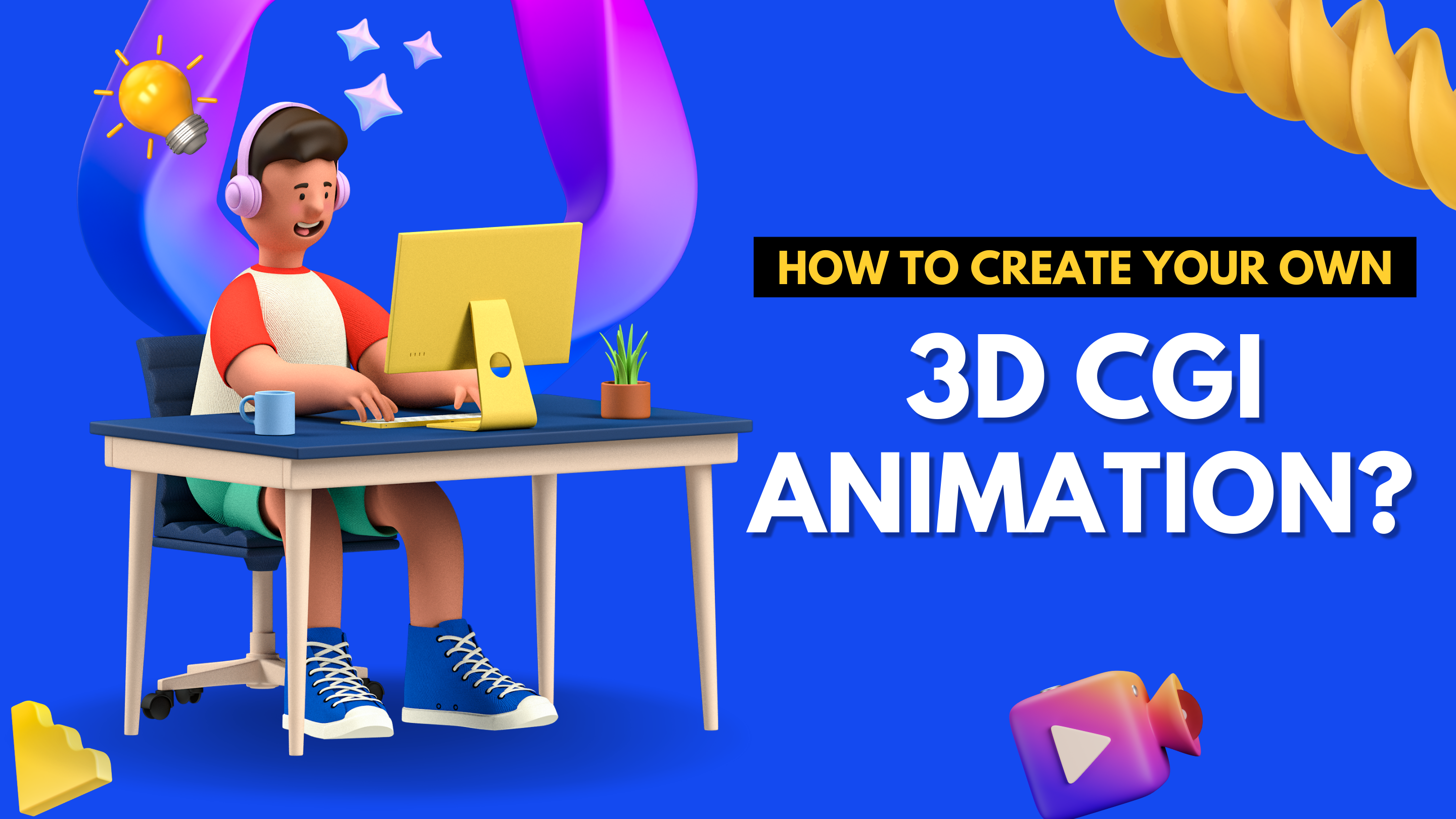
To make CGI animation you can start by creating your own 3D CGI animation involving several key steps. First, come up with an idea for your story and characters, outline the plot and visual style. Next, use 3D modeling software to create characters, objects, and digital environments. Rigging is essential, allowing the character to move realistically.
Animators then pose the characters frame by frame, bringing them to life with keyframes. Pay attention to lighting, textures, and camera angles to improve realism. The rendering software processes the final frames and creates the animation sequence. Practice, creativity, and familiarity with software tools are important. Online tutorials and courses can help master complex techniques, allowing budding animators to bring their imaginative visions to life in captivating 3D CGI animation.
The Importance of CGI Animation
The importance of CGI animation in today’s media landscape cannot be overstated. It is a transformative force that is revolutionizing the way stories are told and experienced across a variety of platforms.
In the film industry, CGI animation allows filmmakers to create breathtaking visuals, bringing fantastical worlds and creatures to life. From the awe-inspiring vistas of Pandora in “Avatar” to the lifelike animals in “The Jungle Book,” CGI elevates cinematic storytelling by immersing audiences in visual spectacle that never happened.
In video games, CGI animation provides players with immersive and interactive experiences, allowing them to explore meticulously designed virtual worlds and interact with intricately designed characters.
Moreover, CGI animation is a cornerstone of advertising and marketing, enabling brands to create eye-catching and memorable commercials. In educational contexts, it simplifies complex concepts through engaging visualizations, enhancing learning experiences.
Additionally, CGI animation finds applications in simulations for training purposes, allowing professionals to practice real-world scenarios in a safe and controlled environment.
In Conclusion,
Harnessing the power of CGI animation means taking advantage of limitless creativity and endless storytelling possibilities. For budding filmmakers and animators, it opens the door to a world of creativity limited only by imagination.
For viewers, this means being transported to worlds where fantasy meets reality, enriching the way the story is understood and enjoyed
Whether you’re passionate, creative, or simply curious, understanding CGI animation is like deciphering the language of the future. It is a testament to the evolution of visual storytelling, where each image is a canvas for innovation. So, start your journey into the captivating world of CGI animation today.
To contact us click here : https://prismartstudio.com/

